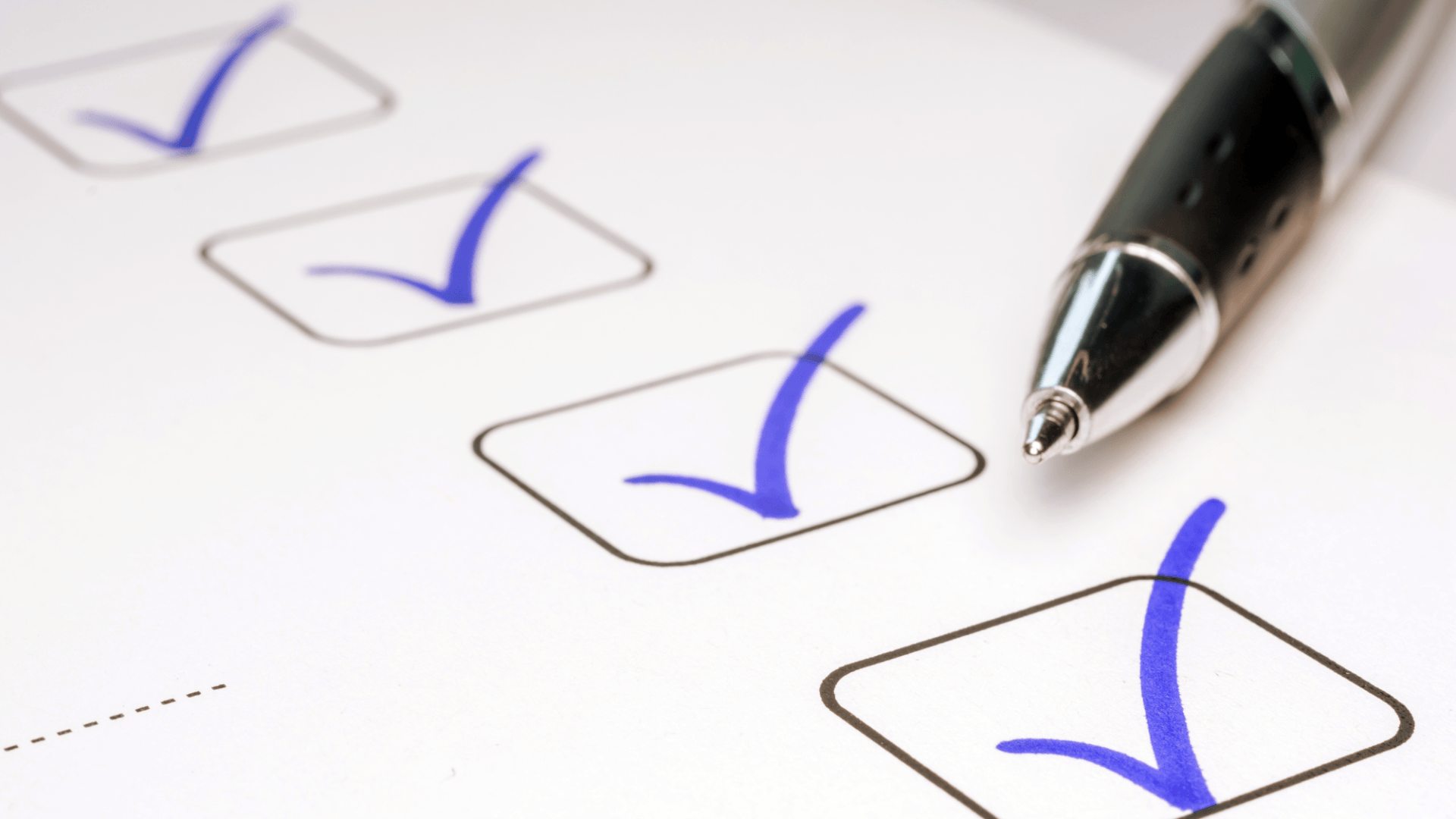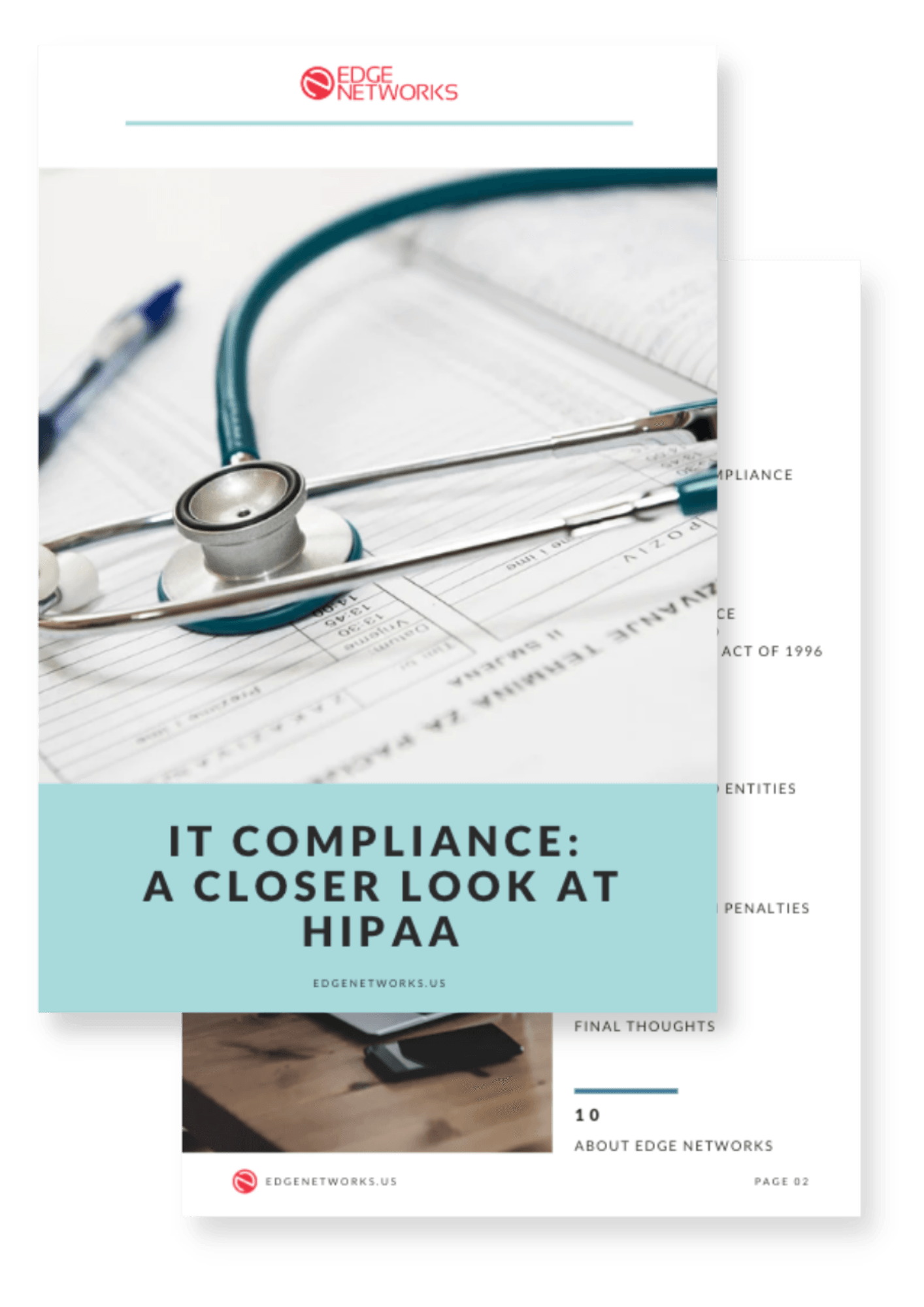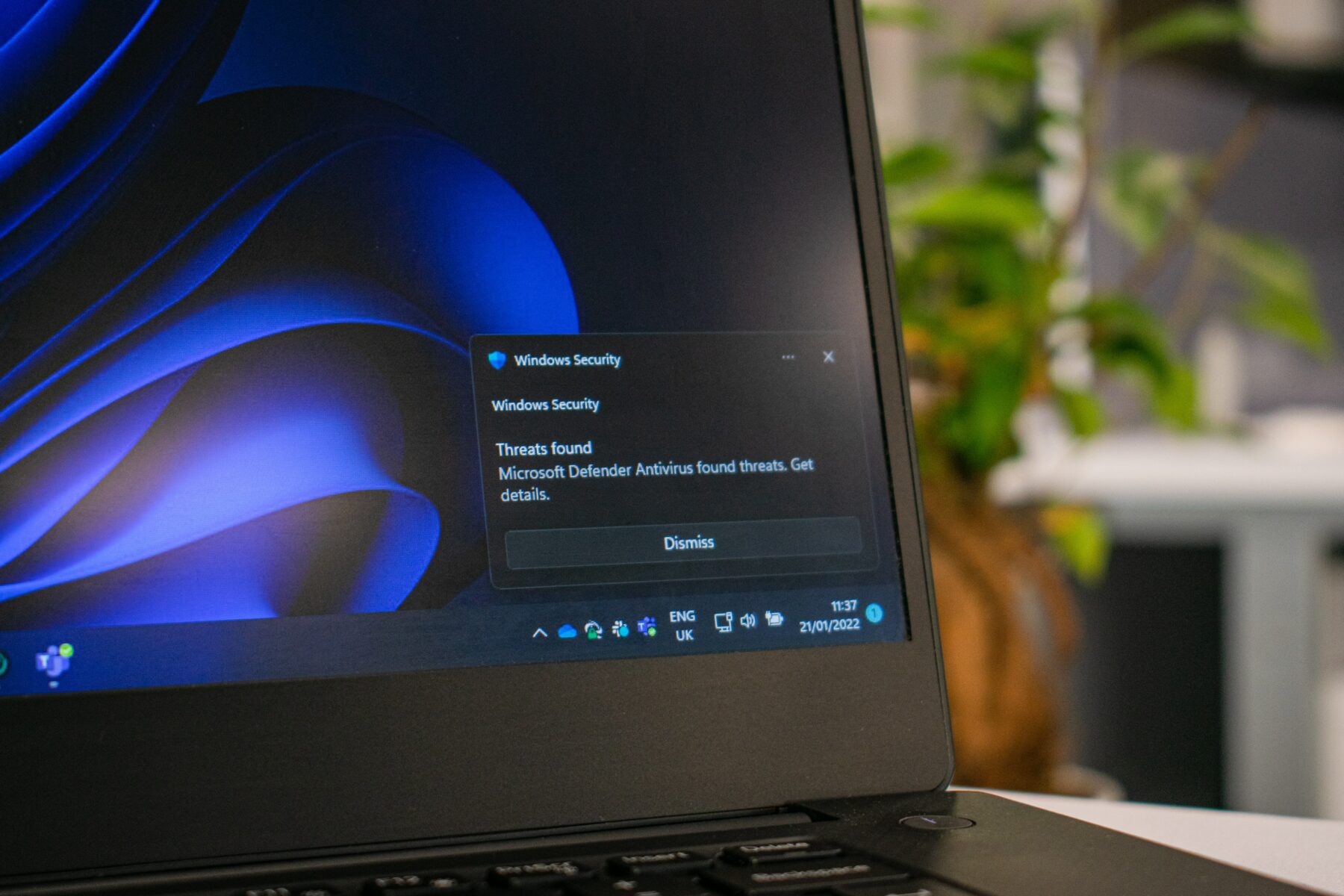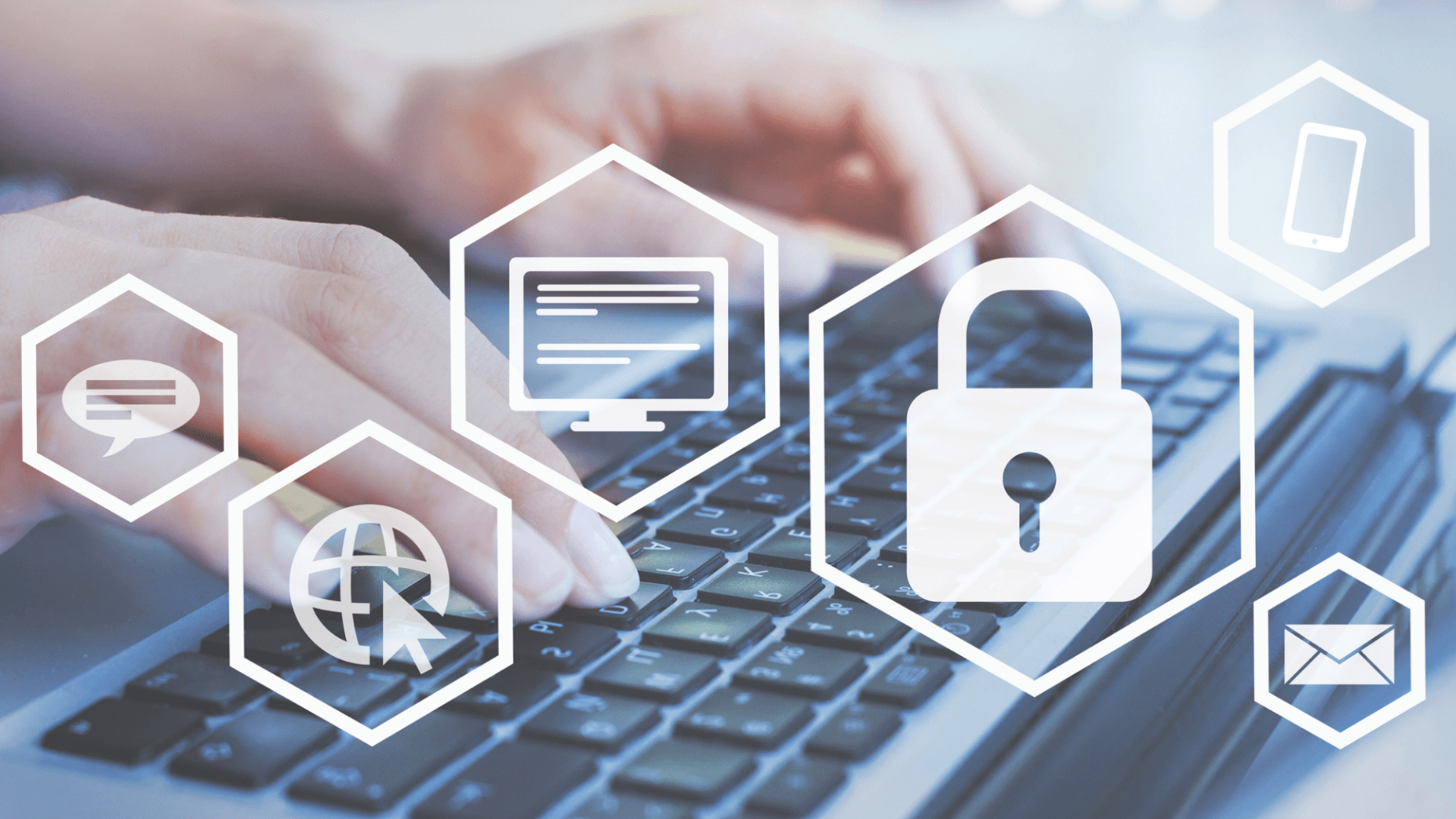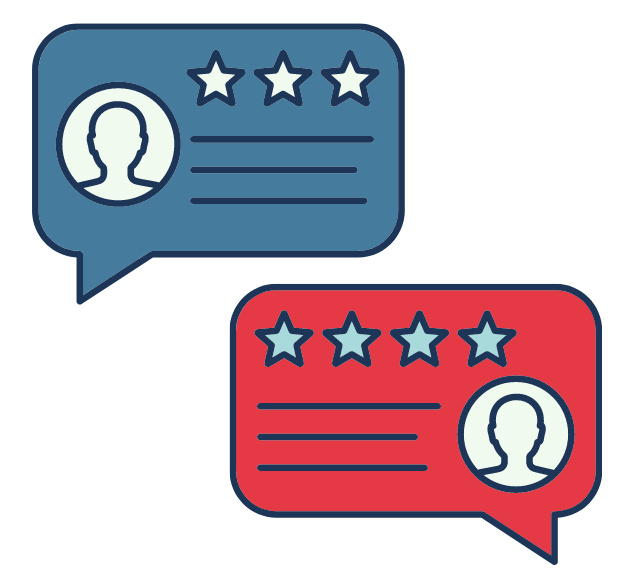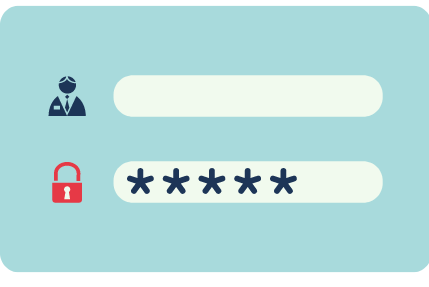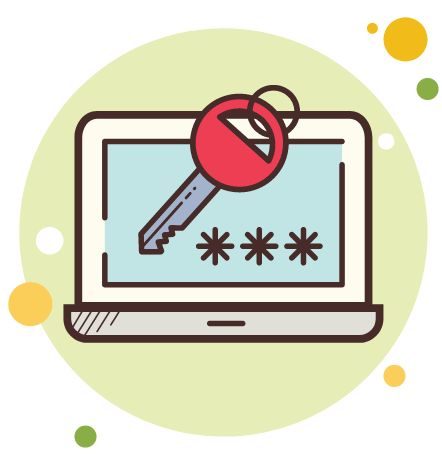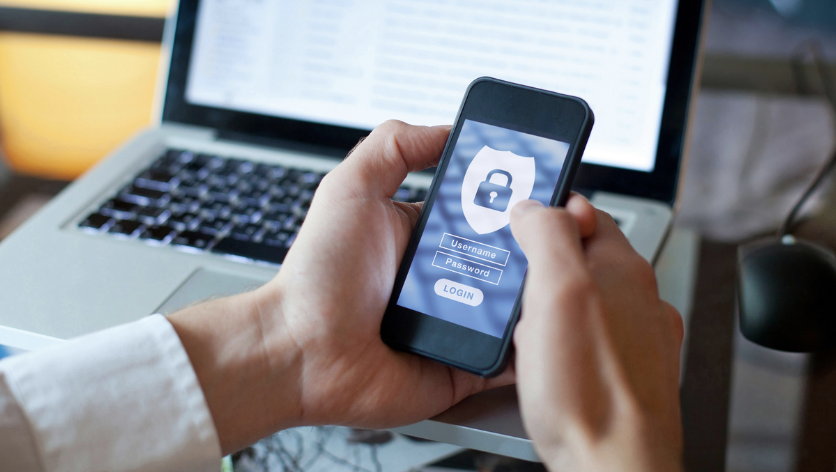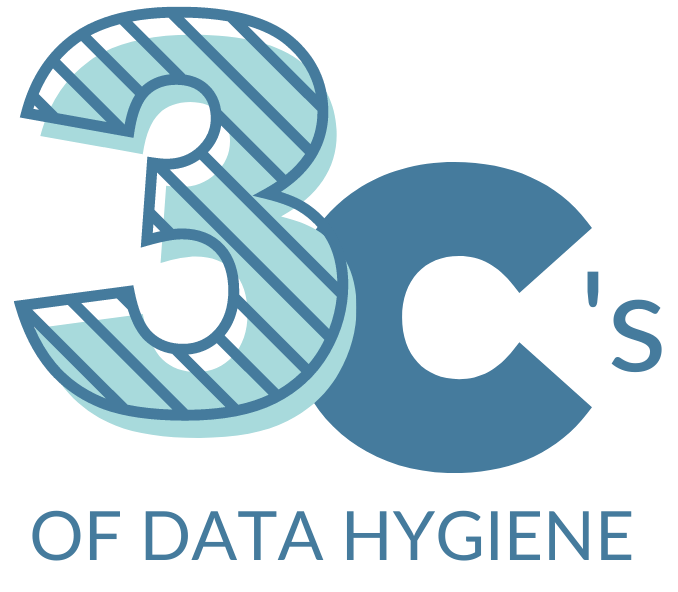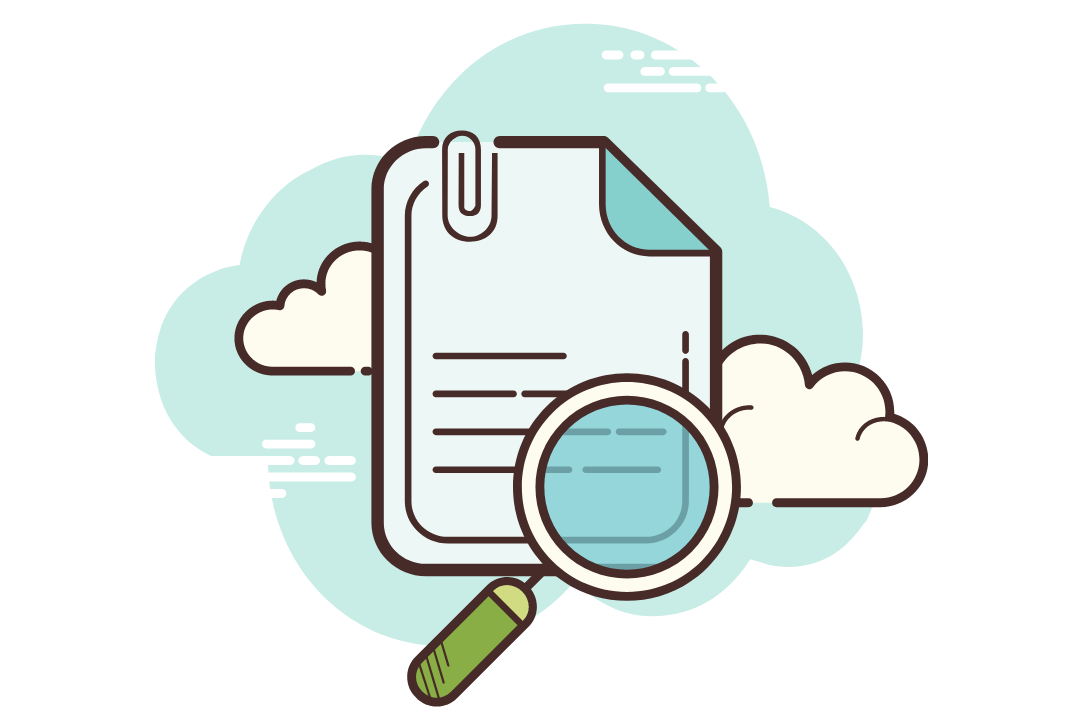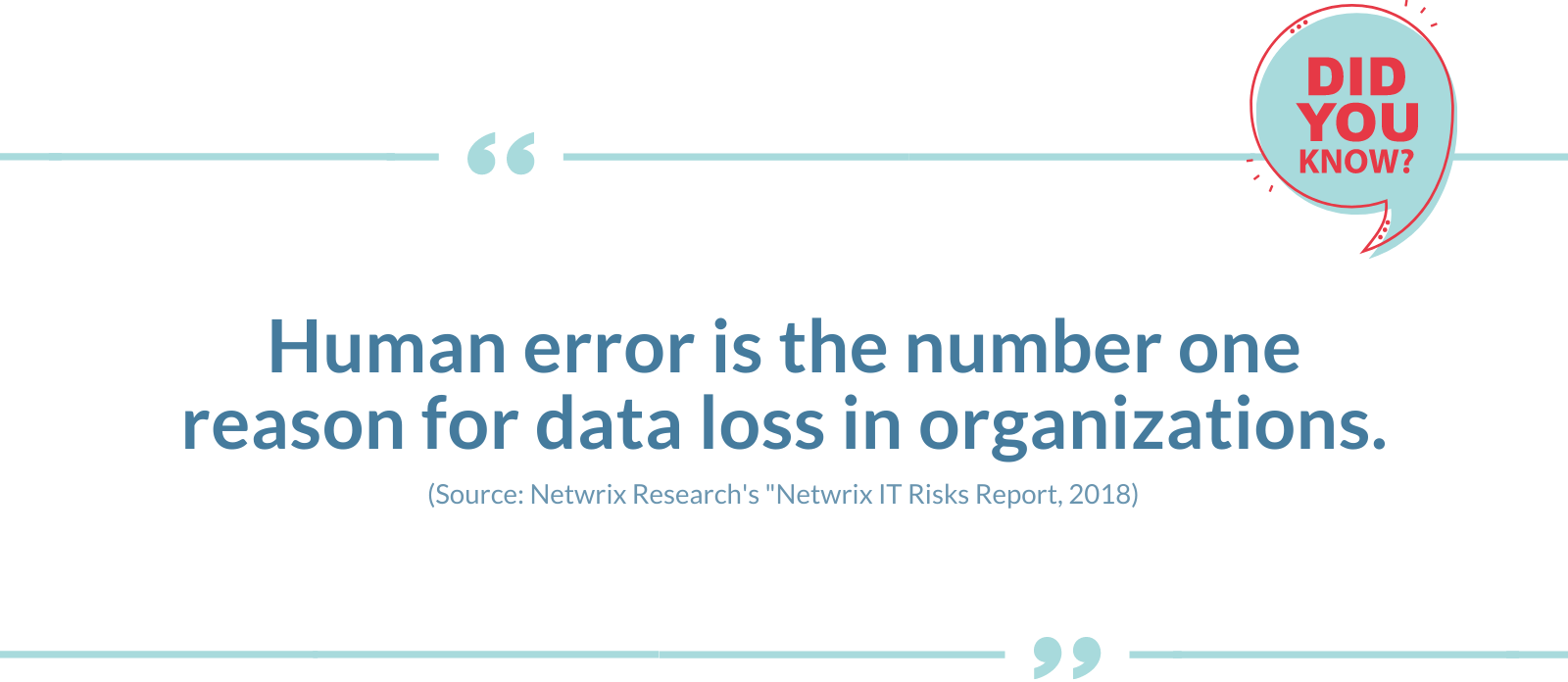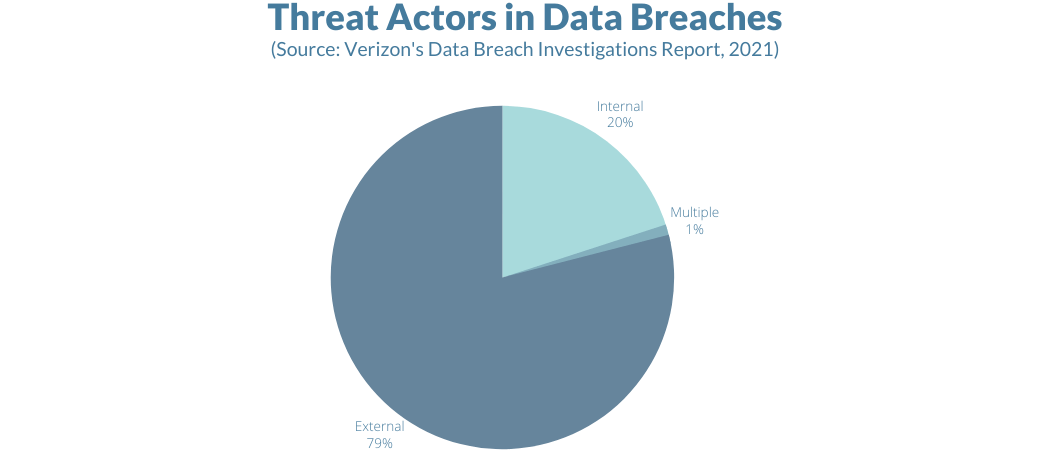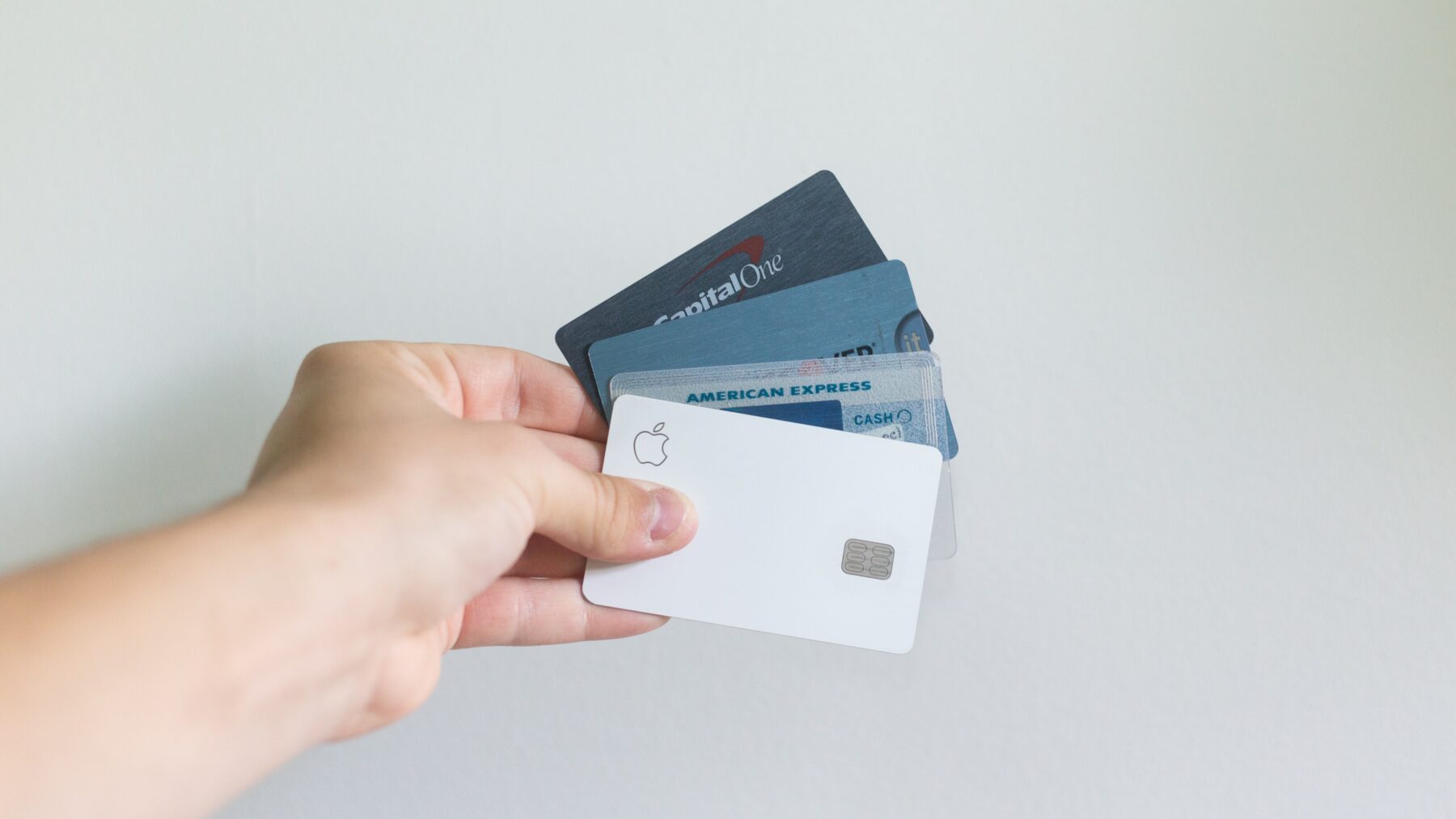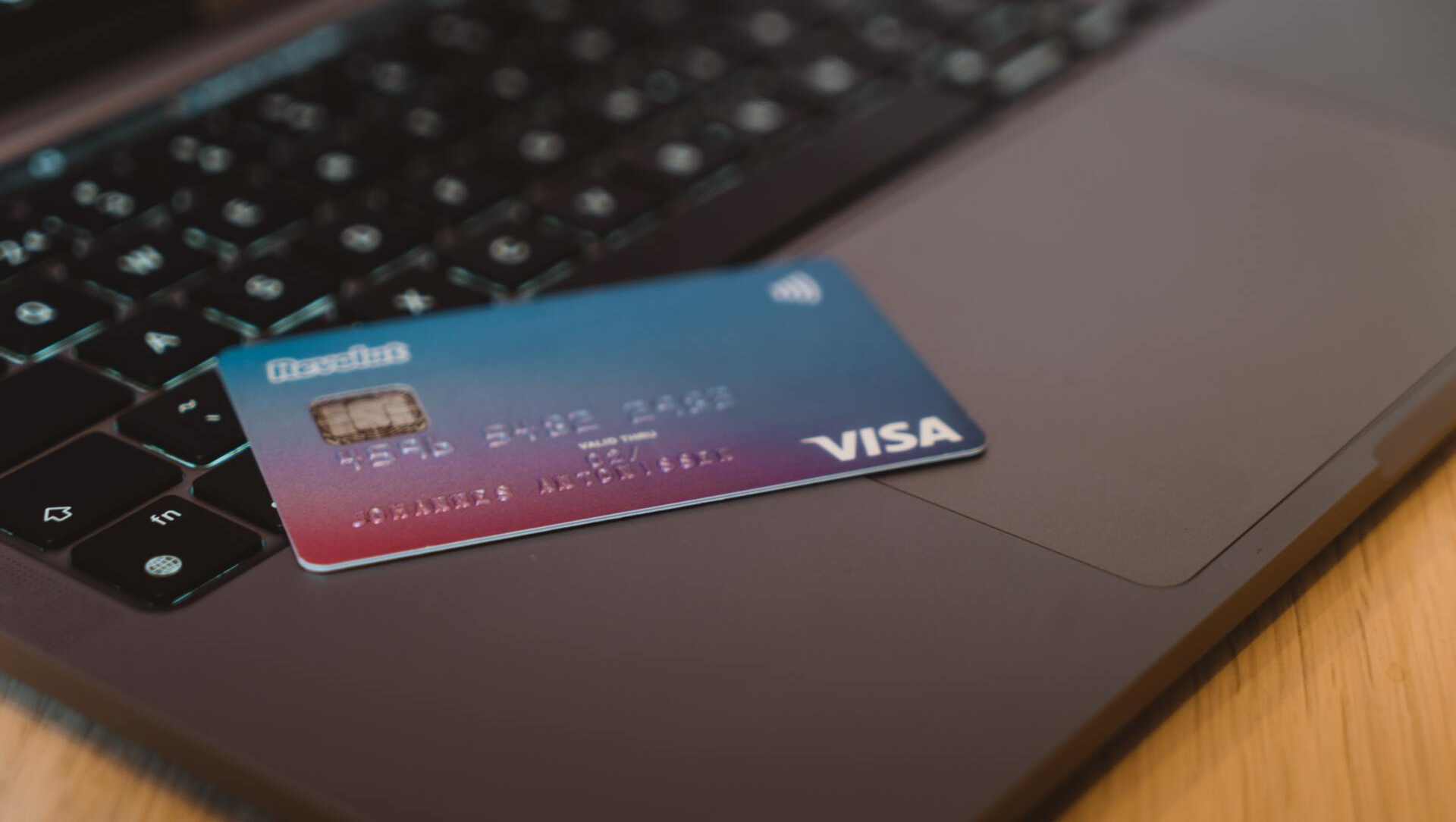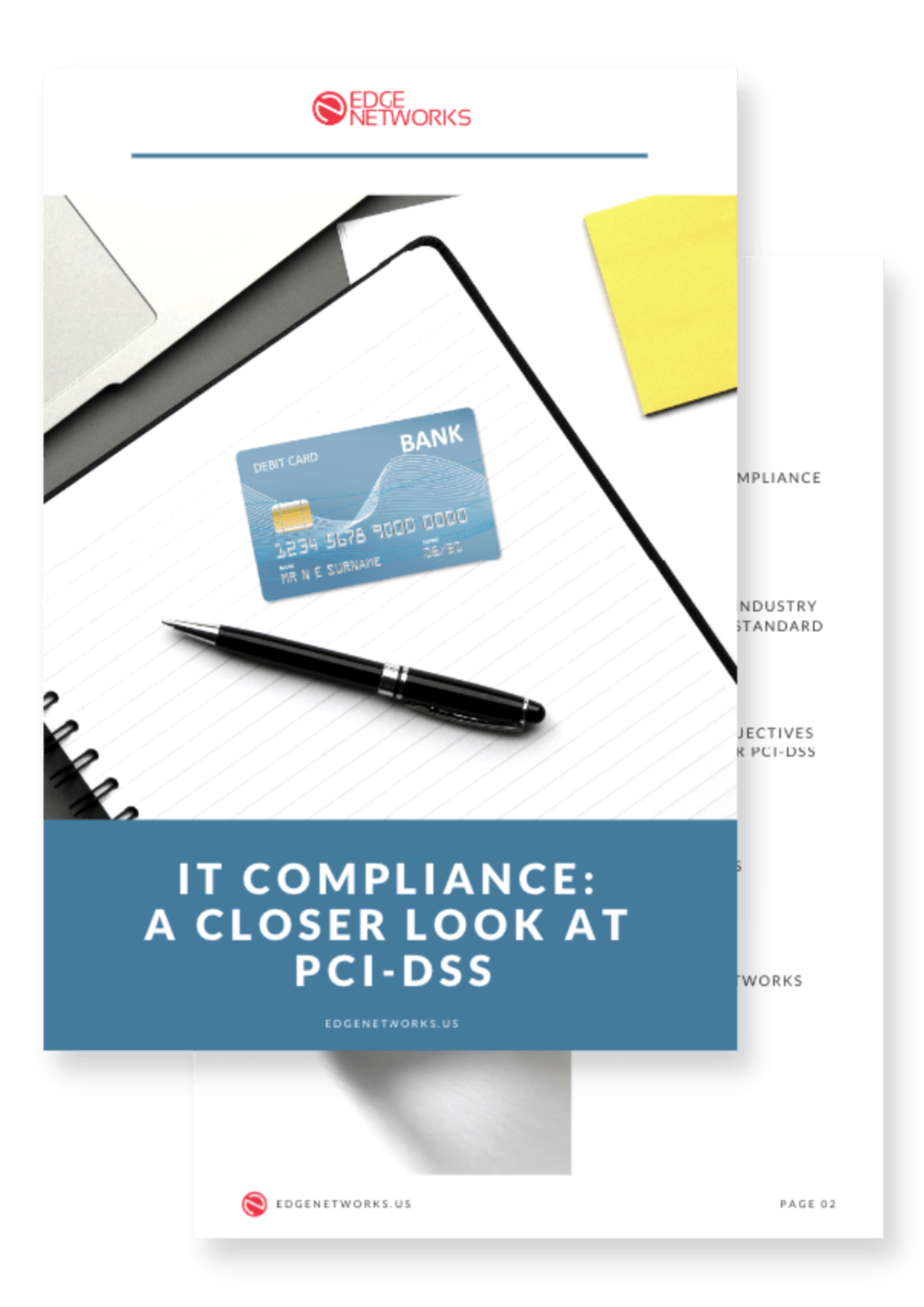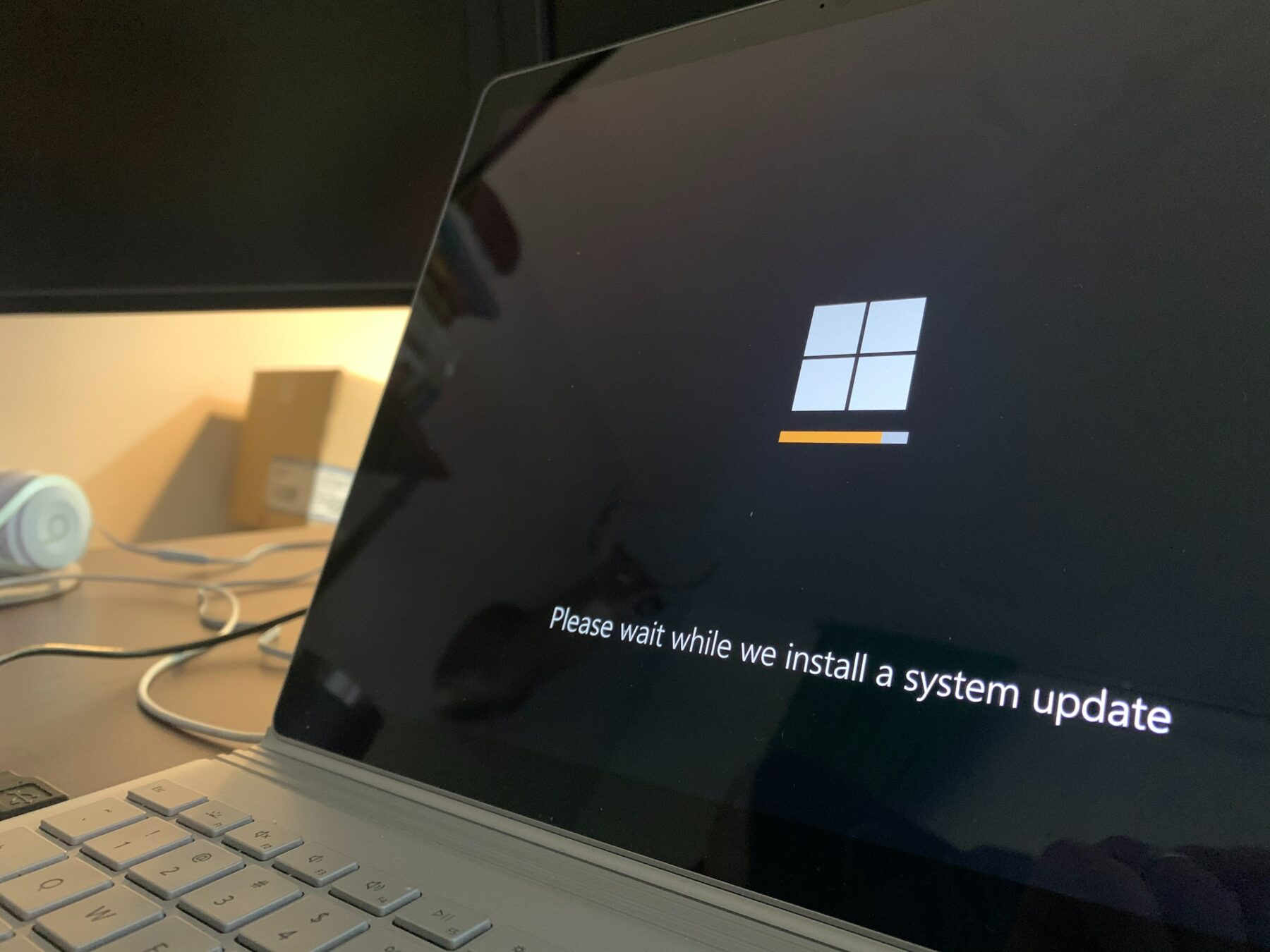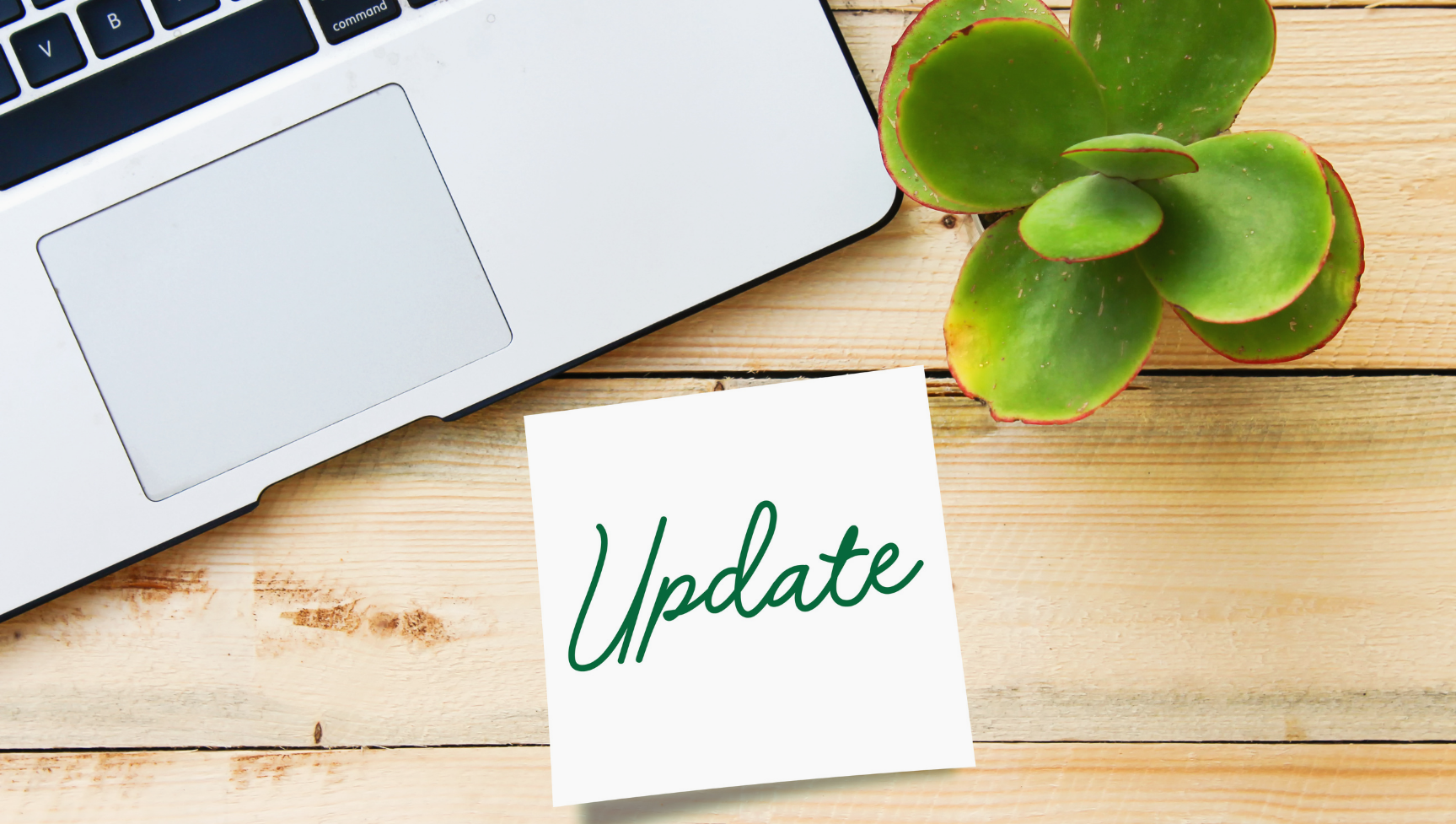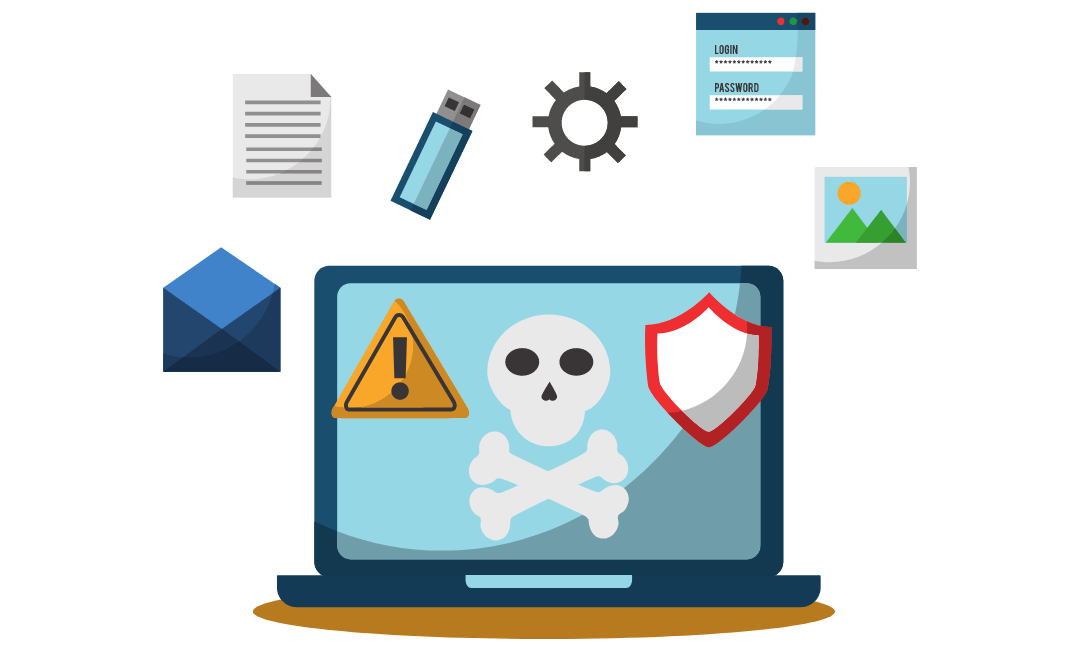Cloud Services: A Game-Changer?
A huge goal of any company is to improve productivity. Worker productivity is vital to having a successful business, and it’s frustrating when you feel like your workers aren’t as productive as possible. Of course, you want the brilliance of your workers to shine through. You want their best work at their best speed. You know they are capable of more than what they are giving you. So what are some solutions? Switching to a cloud service could be a game-changer for your company. A cloud service is anything where information is stored on the web instead of locally on your computer. Cloud services allow people to collaborate in real-time no matter where they are, among many other perks. Read on to learn about cloud services and their benefits!
What are Cloud Services?
The term “the cloud” is probably something you’ve heard a million times, but do you actually know what it means?
“The cloud” makes it sound like your data is just stored somewhere in cyberspace, floating around in a protective bubble. But actually, it has a home. It’s stored in many places until the network of servers procures what you need and sends it to you.
Softwares that are considered part of the cloud run via the internet instead of on your computer locally. Most cloud-based services can be found through a web browser, while some companies have apps too.
Examples include Microsoft OneDrive, Dropbox, Yahoo Mail, Netflix, Apple iCloud, and Google Drive. There are also multitudes of business applications that are cloud-based. 48% of all corporate data is currently stored in the cloud.
A big pro of cloud-based software is that you can get your information from any device that has a connection to the internet. You can edit a Google Docs file on your computer at home and then pick it back up at the office. Your coworkers can even work on the same document with you.
Services like Google Photos and Amazon Cloud Drive let you store your photographs, so you don’t have to use all of your phone’s storage.
Another perk of the cloud is that you don’t need a high-end computer to get things done because remote servers handle the storage and computing. Cloud-based computers are being produced at a low cost, like Google’s Chromebooks.
What Is the History of Cloud Services?
In the 1990s, a large number of personal computers became connected as technology became more budget-friendly. In 1999, Salesforce was the first company to create an application over the internet, which started Software as a Service (SaaS).
Within three years, music, videos, and more were being hosted online. Lay people were now able to access things that only people who knew how to code could access before.
In the mid-1990s, “the cloud” became a term that was being used to discuss the internet. Quickly, Microsoft and Google were racing to create market share in the virtual sphere.
Suddenly, the cloud was everywhere, and along with SaaS came PaaS (Platform as a Service) and IaaS (Infrastructure as a Service). Cybersecurity became a new industry with the dawn of the cloud.
Everyone was using the cloud for everything ranging from government, finance, healthcare, and entertainment. The cloud created the largest cultural shift ever seen in humanity. Information became readily available to anyone who had access to a computer and internet service. Small startups began to change the world.
In August of 2006, Amazon Web Services put out Elastic Compute Cloud (EC2), letting people rent virtual computers and use their own applications and programs online. Soon after came Google Docs Services. A year later, a small startup, Netflix, launched its website. IBM launched SmartCloud, and Apple put out iCloud. Oracle released a Cloud as well.
And the cloud will only continue to grow. In the first quarter of 2021 alone, cloud service spending reached $42.8 billion.

How Do Cloud Services Improve Productivity?
If your company isn’t sure whether or not to utilize cloud services, you’re not alone. Cloud services can be overwhelming to implement, and there will be a learning curve when teaching your employees how to use the new services.
It is also hard to know which service to choose amongst so many of them. But it is worth taking the time to research which service would best fit your company because there are a myriad of benefits to using cloud services.
These services certainly improve productivity once your company gets over the initial hump of learning how to use them.
Here are some ways that cloud services improve the productivity of workers:
Cloud Services Support Collaboration
Cloud services significantly improve the ability for employees to collaborate.
When employees use cloud services, they can communicate and collaborate with colleagues in real-time, regardless of location. Platforms like Zoom, Webex, Slack, Google Meet, and Microsoft Teams make it incredibly easy for employees to stay in touch and get the job done. Many of these platforms also have the option to store documents, making it very easy to access collaborative projects and important information.
Having the ability to work together when you’re not together physically has a variety of benefits, many of which have been proven with the rise of Covid-19 as most teams were collaborating remotely and relied heavily on cloud services to do so.
It’s also important to consider what works best for specific people on the team and offer a variety of options. Some people aren’t very social or good at group collaboration in person, but thrive in an individual setting where they get to work on their own.
Remote Jobs
With the advent of the cloud came the ability to have remote workers. Remote workers can now complete any task that a worker in the office could because of the cloud. They can access the same documents, collaborate, and join meetings. Remote jobs allow companies to hire the best of the best regardless of location.
They also increase the applicant pool because they allow disabled people to apply who otherwise wouldn’t be able to leave their houses. The same can be said for work-at-home parents.

Encourages Employees to Bring Their Own Devices
The majority of companies need employees to use their own smartphones to use business apps and services. Cloud computing encourages employees to use their own devices, making them more responsive and letting them use cloud-based apps at home.
When an employee is tied to their work desktop, they can’t do any work at home when they have a big idea. Or they can’t go on vacation but work while they’re away. With cloud services, employees can use their own computers or smartphones to get work done that would classically only be done in the office. This considerably frees up the creativity and flexibility of the employee.
Improves Usage of Big Data
Clouds are great for “Big Data.” Employees are able to analyze and organize a lot of data that is unstructured very quickly. These analytics can then be shared with the entire company right away, which helps make decisions, stops repeated efforts, and reduces errors.
When everyone is working on their own computers, it is not uncommon for the same work to get repeated by two or more people. With cloud services, this possibility is taken out of the equation. Everyone sees what everyone else is working on, so if one person is working on a spreadsheet, someone else will either simultaneously work on it or go work on someone else, but no one will fill in the same cells on their own.
Use the Latest Technology
Using cloud technologies lets companies get to the most recent tools and scale up or down as they need to. This creates extreme flexibility so companies can tailor their technology to the market quickly. Employees will have the most up-to-date tools to complete their work.
Staying ahead of trends and using the best technology possible is what makes or breaks companies. It is wise to use any resources available to you, especially a resource as groundbreaking as cloud services. As market trends change, your technology can change with it because cloud services are highly flexible. This is one of the perks of using cloud services. If you’re not up to date on your technology, you will always be behind.
Improves the Use of Company IT Resources
Most cloud applications let IT off the hook from regular maintenance, so they have time to focus on more important things. There will still be a mild amount of work to do, but it is insignificant compared to a non-cloud service.
Cloud services offer their own IT, so you will never have to fix a cloud service problem in-house. Cloud services are incredibly fast at responding to problems, and a whole system crash never happens, whereas if you use your own personal software, the whole thing can crash and ruin the day, or days, until IT can fix it. Cloud services eliminate this problem and let your IT employees work on more important things.

Integrate with Systems You Already Use
The majority of cloud services are designed to be able to integrate with services that are already in place. So employees can easily switch amongst tools that are in use without having to transfer information by hand, which is prone to errors and takes a lot of time. Sometimes there will be some work to integrate the systems, but it isn’t an overwhelming amount.
Combining your current systems with a cloud service will significantly improve your existing system. Integration is a genius aspect of cloud services, so you don’t have to start from scratch. You also don’t have to do all the heavy lifting- the service will integrate itself, for the most part. This will keep your workers relatively familiar with the interface and data and make the learning curve smaller.
Limits Downtime
Teams behind cloud software have teams that work tirelessly to make sure their product is working and are able to respond to problems right away. This means employees are never waiting around for a problem to be fixed.
It also limits downtime at home. Your employee may have a great idea, be bored, or feel motivated at home or on the subway and want to work. Letting your employees access all the information they need to get work done is always a great idea. You’d be surprised at how much extra work they do when it’s available to them.
Cost
61% of organizations plan to optimize the cost of their cloud services in 2021. Using a cloud can cut down on overhead significantly. For one, you will save on hardware setup costs and HR. Cloud services provide the IT necessary, so you’ll never have to fix a cloud problem in-house. You still have to pay for cloud services, but the cost is nowhere near that of trying to run a similar system yourself. Plus, you’ll probably cut down on overtime due to increased productivity.
It’s Time to Invest in Cloud Services
Cloud services are any service where information is stored on the internet rather than locally on your device. They can range from Google Docs to Netflix. Cloud services are particularly useful for companies because they allow workers to communicate, collaborate, and do work regardless of where they are. That group project that workers used to dread? Now they love it because they can complete it from the comfort of their own desks.
It is clear that cloud services improve productivity by a landslide. From allowing people to work from home, using the latest technology, and cutting down on costs, cloud services are a win-win for everyone. A company would be remiss in giving up the opportunity to implement this amazing technology that companies now offer.
At Edge Networks, we’ve made many of our clients ’ transition to the cloud easier and more secure. Contact us today for a free 30 minute consultation.





